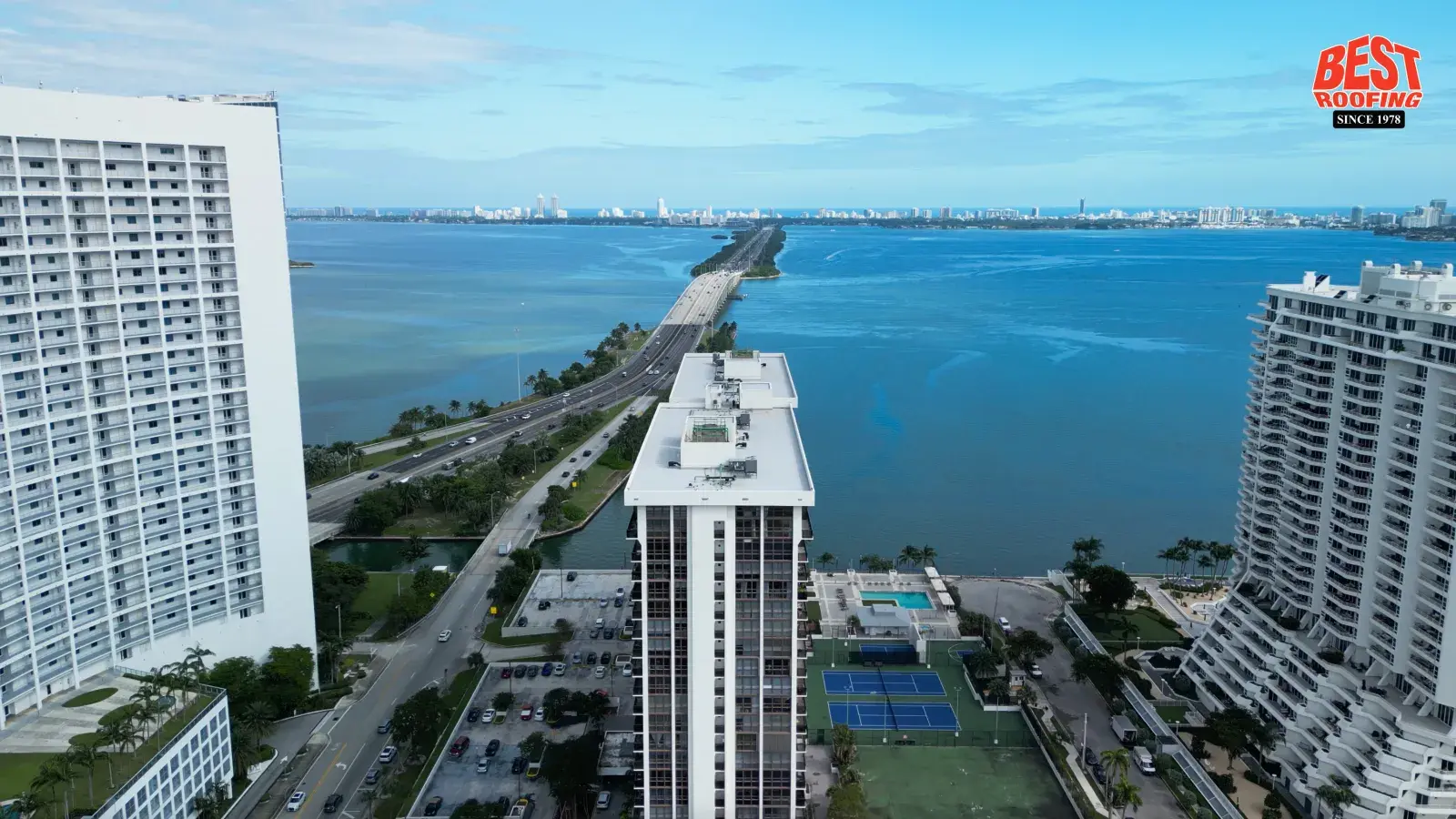Sinking Condos: Florida's Latest Climate Change Challenge
Florida is grappling with a disturbing new reality: some condominium buildings are reportedly sinking due to climate change and geologic factors. This issue has come to light after engineers and geologists highlighted the dangerous combination of rising sea levels, subsiding land, and aging infrastructure in South Florida. The problem, while localized for now, raises urgent questions about the safety and sustainability of the state's high-rise structures in the face of worsening climate conditions.
The Science Behind Sinking Condos
The sinking of structures in Florida is attributed to a geological process known as subsidence. In Miami-Dade and Broward Counties, the land sits on porous limestone bedrock, which is highly susceptible to water infiltration. Rising sea levels, combined with over-extraction of groundwater, are accelerating the process. Studies have revealed that some areas of South Florida are sinking at rates of up to 2 millimeters per year.
A notable example is Miami Beach, where researchers identified a condominium complex that had been sinking for decades. The building in question, a 12-story structure constructed in the 1980s, was found to be subsiding at an alarming rate in the years preceding its tragic collapse in 2021. While subsidence alone may not cause structural failure, it exacerbates stress on aging buildings, particularly those already compromised by saltwater intrusion and poor maintenance.
Climate Change's Role in the Crisis
Florida's unique geography makes it highly vulnerable to the effects of climate change. As sea levels rise, groundwater levels also increase, weakening the stability of building foundations. Saltwater intrusion from rising seas further corrodes the steel and concrete that support many coastal buildings, compounding structural risks. Experts warn that this problem could worsen as global temperatures continue to climb, bringing more extreme weather events and storm surges.
The phenomenon is not isolated to Miami. In nearby Fort Lauderdale and the Florida Keys, similar patterns of land subsidence and structural degradation have been observed. Engineers and climate scientists agree that many older buildings, constructed before modern building codes accounted for these risks, may be at heightened risk.


Economic and Legal Implications
The sinking condo crisis has far-reaching economic implications. Condo associations are already grappling with skyrocketing insurance premiums, driven by the increasing frequency of natural disasters and the heightened risk of structural collapse. The cost of retrofitting aging buildings to address foundation issues or to improve resilience to climate change can run into millions of dollars—a financial burden that many associations are ill-equipped to handle.
Additionally, the legal ramifications of this crisis are coming into sharper focus. In the aftermath of the Surfside tragedy, lawmakers have introduced reforms aimed at strengthening building inspections and requiring more frequent recertifications for older structures. However, questions remain about whether these measures are sufficient to address the root causes of the problem.
What Can Be Done?
To mitigate the risks posed by sinking condos, Florida must adopt a multi-faceted approach. Recommendations include:
- Enhanced Building Codes: Updating regulations to account for the effects of subsidence and saltwater intrusion.
- Mandatory Inspections: Increasing the frequency and rigor of structural inspections, particularly for buildings near the coast or in low-lying areas.
- Climate Resilience Planning: Incorporating sea level rise projections into urban planning and infrastructure development.
- Public Awareness: Educating condo associations and residents about the risks of subsidence and how to address them proactively.
Conclusion
The sinking condo crisis is a stark reminder of Florida's vulnerability to the twin threats of climate change and aging infrastructure. While the problem may seem confined to a handful of buildings today, its implications are far-reaching, touching on public safety, property values, and the long-term sustainability of life in the Sunshine State. Addressing this issue will require coordinated efforts from engineers, policymakers, and community leaders to ensure that Florida's iconic coastline remains a safe and thriving place to live.
Sources: Miami Herald, Florida International University studies on land subsidence, NOAA sea level rise reports. Full article here



